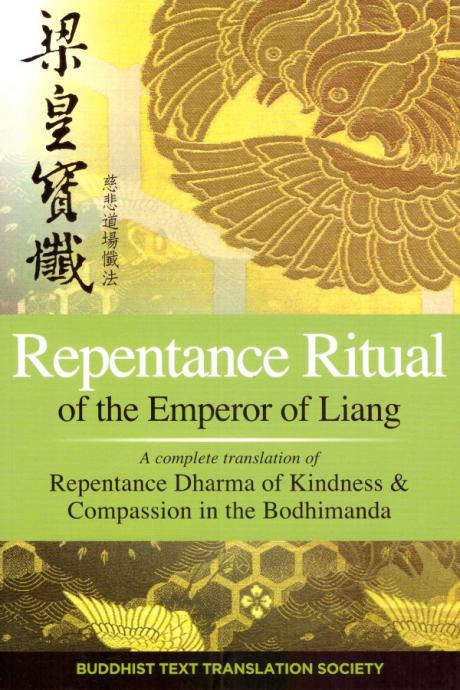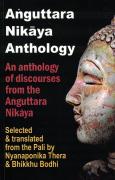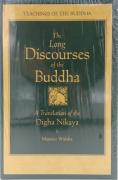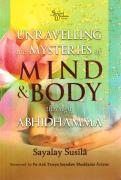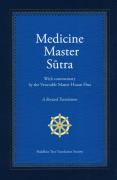Buddhism isn’t just about mindfulness and zen meditation. It encompasses many other practices and traditions including chanting mantras, reciting sutras, making donations and bowing repentances. Bowing as a form of cultivation is not well known in the West. It is not often practiced in the Theravada tradition. However repentance is emphasized in Mahayana Buddhism, in texts such as the Avatamsaka Sutra. The goal is to bow to purify existing karmic offenses, thus clearing obstructions and paving the way for advancement on the spiritual path. Emperor Wu of the Liang Dynasty (502–587) in China popularized bowing repentance as a dharma door. This Repentance Ritual was created under his patronage. Because of his enthusiasm in spreading religion, he has been compared to the great Indian ruler Ashoka (304–232 BCE) patron of Buddhism and the Roman emperor Constantine the Great (272 – 337), patron of Christianity. This particular repentance is designed to be practiced in a monastery with bhikshus (monks) or bhikshunis (nuns) leading those wishing to repent in a week-long ceremony. The repentance text is divided into ten chapters of forty sections. Each chapter starts with a verse of praise. The main part of each chapter contains sections of texts explaining the principles of repentance interspersed with bowing in full prostration (head, hands and knees to the ground) to various Buddhas and Bodhisattvas. Each chapter concludes with a poem. More than 15 years after her courageous beginning, the Buddhist Text Translation Society has completed the first English translation of Repentance Ritual of the Emperor of Liang. Buddhism isn’t just about mindfulness and zen meditation. It encompasses many other practices and traditions including chanting mantras, reciting sutras, donating and bowing repentance. Bowing as a form of cultivation is not well known in the West. It is not often practiced in the Theravada tradition. However repentance is emphasized in Mahayana Buddhism, in texts such as the Avatamsaka Sutra. The goal is to bow to purify existing karmic offenses, thus clearing obstructions and paving the way for advancement on the spiritual path. Emperor Wu of the Liang Dynasty (502–587) in China popularized bowing repentance as a dharma door. This Repentance Ritual was created under his patronage. Because of his enthusiasm in spreading religion, he has been compared to the great Indian ruler Ashoka (304–232 BCE) patron of Buddhism and the Roman emperor Constantine the Great (272 – 337), patron of Christianity. This particular repentance is designed to be practiced in a monastery with bhikshus (monks) leading those wishing to repent in a week-long ceremony. The repentance text is divided into ten chapters of forty sections. Each chapter starts with a verse of praise. The main part of each chapter contains sections of texts explaining the principles of repentance interspersed with bowing in full prostration (head, hands and knees to the ground) to various Buddhas and Bodhisattvas. Each chapter concludes with a poem. Bhikshuni Heng Jen of the Dharma Realm Buddhist Association started the translation of this text into English. Her goal was to introduce this popular East Asian practice to a Western audience. She unfortunately passed away before finishing her work. More than 15 years after her beginning, the Buddhist Text Translation Society has completed the first English translation of Repentance Ritual of the Emperor of Liang.

